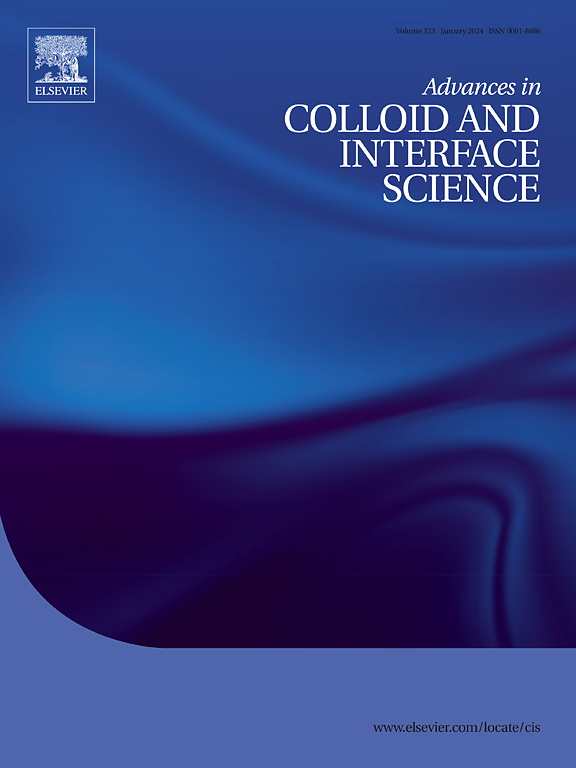用于3D(生物)打印的多糖类纳米颗粒
IF 15.9
1区 化学
Q1 CHEMISTRY, PHYSICAL
引用次数: 0
摘要
生物聚合物是一种环境材料,在各个领域都有广泛的应用。在生物聚合物中,多糖具有生物活性、可再生、可生物吸收、生物相容性、可生物降解和亲水性。这些卓越的特性使它们成为新兴技术中很有前途的材料。这些绿色材料的三维打印在临床应用、新型电子设备、开发的树脂和聚合物、吸收剂等方面有着广泛的应用。本文综述了近年来利用多糖基纳米材料在不同生物制品构建中的研究进展,包括挤出、激光、喷墨3D打印和还原聚合等。研究人员评估了纳米颗粒(NPs)对最终3d打印复合材料性能的影响,包括增强效应、机械性能、粘度、可打印性、剪切减薄性能、生物相容性、结构完整性和相互作用。这篇综述有助于研究人员跟上基于多糖的3d打印复合材料的发展,并展望NPs在未来可能会彻底改变生物链接问题。本文章由计算机程序翻译,如有差异,请以英文原文为准。

Polysaccharide-based nanoparticles for 3D (bio)printing
Biopolymers are known as environmental materials with massive applications in various fields. Among biopolymers, polysaccharides are bioactive, renewable, bioresorbable, biocompatible, biodegradable, and hydrophilic. These brilliant properties have made them promising materials for use in emerging technologies. Three-dimensional (3D) printing of these green materials has extensive applications in clinical usage, novel electronic devices, developed resin and polymers, absorbents, etc. This review describes the recent development of employing polysaccharide-based nanomaterials in the construction of different bio-products by using extrusion, laser, inkjet 3D printing, and vat polymerization methods. The influence of incorporating nanoparticles (NPs) on the properties of the final 3D-printed composite comprising reinforcement effects, mechanical properties, viscosity, printability, shear-thinning property, biocompatibility, structural integrity, and interactions have been evaluated. This review helps researchers keep up with developments in polysaccharide-based 3D-printed composites, with the vision that NPs can potentially revolutionize the bioink issue in the future.
求助全文
通过发布文献求助,成功后即可免费获取论文全文。
去求助
来源期刊
CiteScore
28.50
自引率
2.60%
发文量
175
审稿时长
31 days
期刊介绍:
"Advances in Colloid and Interface Science" is an international journal that focuses on experimental and theoretical developments in interfacial and colloidal phenomena. The journal covers a wide range of disciplines including biology, chemistry, physics, and technology.
The journal accepts review articles on any topic within the scope of colloid and interface science. These articles should provide an in-depth analysis of the subject matter, offering a critical review of the current state of the field. The author's informed opinion on the topic should also be included. The manuscript should compare and contrast ideas found in the reviewed literature and address the limitations of these ideas.
Typically, the articles published in this journal are written by recognized experts in the field.

 求助内容:
求助内容: 应助结果提醒方式:
应助结果提醒方式:


